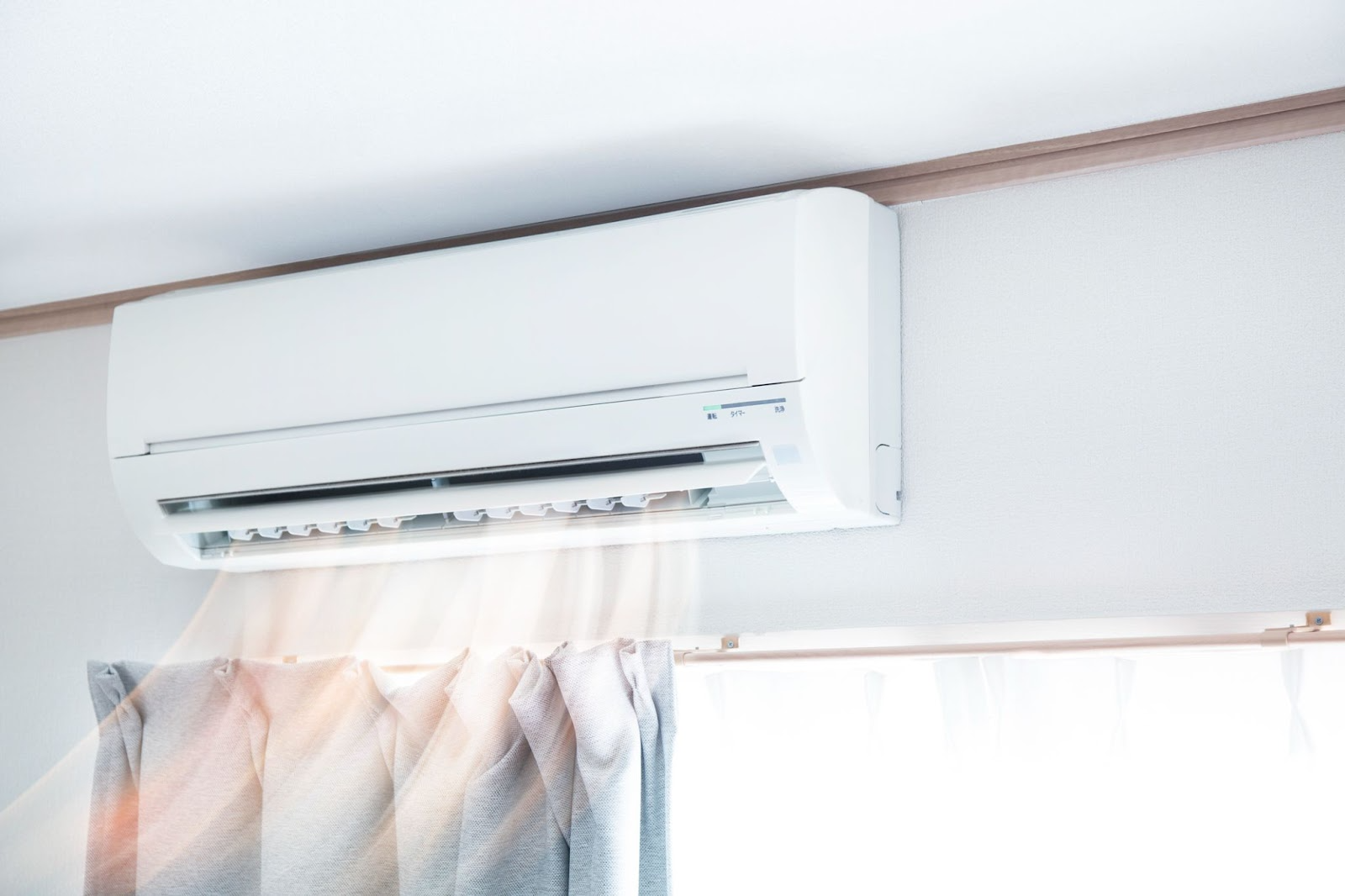Making the right choice between ducted and ductless HVAC systems is essential for maintaining year-round comfort in your home. This decision impacts more than just temperature; it also affects energy efficiency, aesthetics, and long-term cost. Whether you’re upgrading your current system, building a new home, or living in a historic property, understanding the differences between these two options can help you make the most informed choice.
Understanding Ducted Air Conditioning Systems
Ducted air conditioning systems, often referred to as central air, use a network of ducts to distribute cooled or heated air throughout your home. These systems are ideal for larger homes or properties with existing ductwork, offering consistent climate control across multiple rooms.
One of the main benefits of ducted systems is their unobtrusive design. Only small vents are visible in each room, preserving your home’s interior aesthetics. Many systems also support zoning, which allows different areas of the home to be controlled independently, enhancing energy efficiency.
However, installation can be complex and expensive, especially in homes without pre-installed ducts. Additionally, ducted systems may experience energy loss through leaks or poor insulation within the ductwork, which can raise utility costs over time.
Advantages of Ductless Air Conditioning Systems
Ductless systems, also known as mini-split systems, include an outdoor unit and one or more indoor units that directly cool or heat specific areas. These systems are an excellent choice for homes without ductwork or for targeted climate control in individual rooms or new additions.
Energy efficiency is a key benefit of ductless systems. Because they don’t rely on ducts, there’s less chance of air leakage, and you can control the temperature in each room individually. This zoned approach can result in lower energy bills and increased comfort for each member of the household.
On the downside, the indoor units are more visible than vents, and outfitting multiple rooms with their own units can increase upfront costs.
Considering Your Home’s Needs and Preferences
Choosing between ducted and ductless systems depends on several key factors:
-
Home Size and Layout: Larger homes with existing ductwork may benefit more from a ducted system. Smaller homes, additions, or rooms without ducts are typically better suited to ductless systems.
-
Energy Efficiency: Ductless systems often offer better energy efficiency due to the elimination of ductwork and the ability to heat or cool only occupied areas.
-
Installation Costs and Aesthetics: While ducted systems may be more visually discreet, ductless systems are less invasive to install. Consider your preference for aesthetics versus installation complexity.
Hybrid Solutions
In some cases, a hybrid HVAC setup that incorporates both ducted and ductless systems can provide the best of both worlds. This solution is particularly useful in homes with additions or areas not served by existing ductwork, allowing you to achieve maximum comfort and energy efficiency throughout the entire property.
Take the Next Step with Palmer Heating and Cooling
Choosing the right HVAC system for your home is a big decision, and Palmer Heating and Cooling is here to help. Serving Edgewater, MD and the surrounding areas, we’re committed to helping homeowners find efficient, effective, and personalized heating and cooling solutions. Our team will work with you to assess your home’s needs and recommend the best system for your comfort and budget.
Contact us today at (301) 440-6069 or fill out our online form to schedule a consultation. Let Palmer Heating and Cooling enhance your home’s comfort with a customized HVAC solution in Edgewater, MD.

